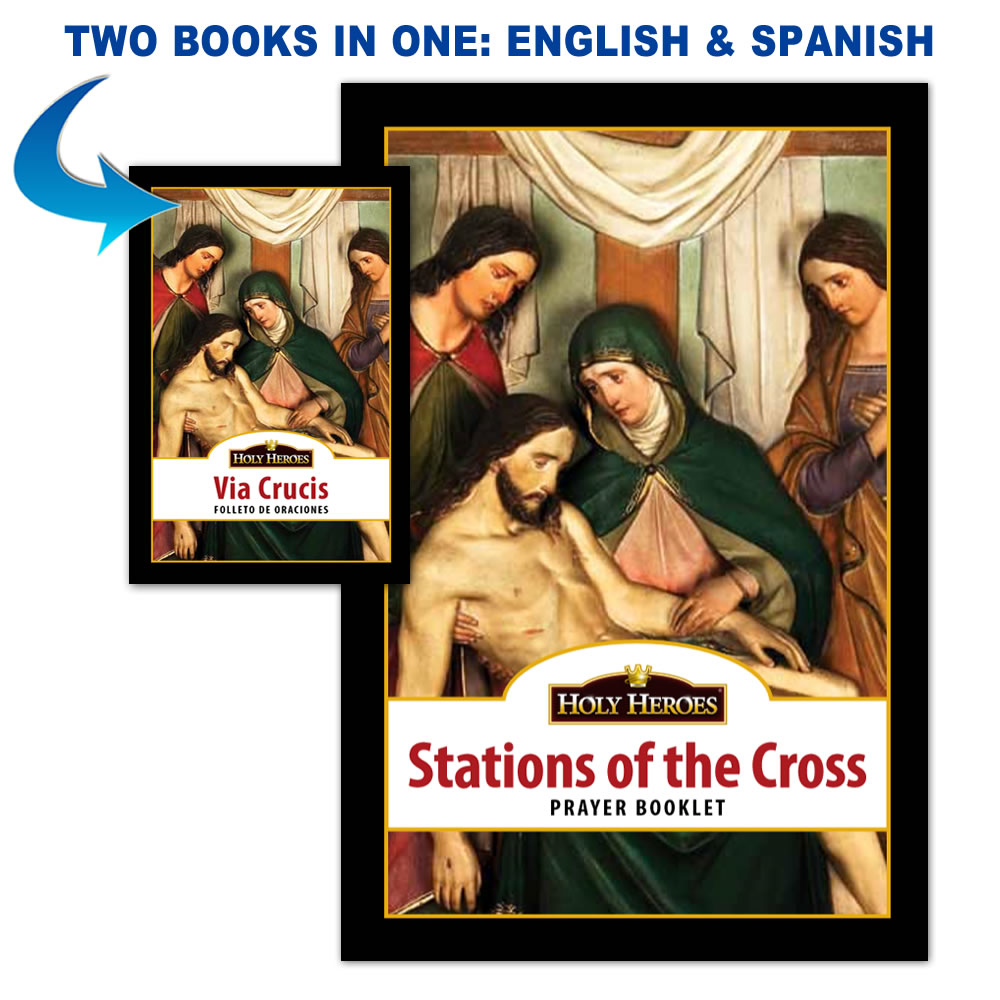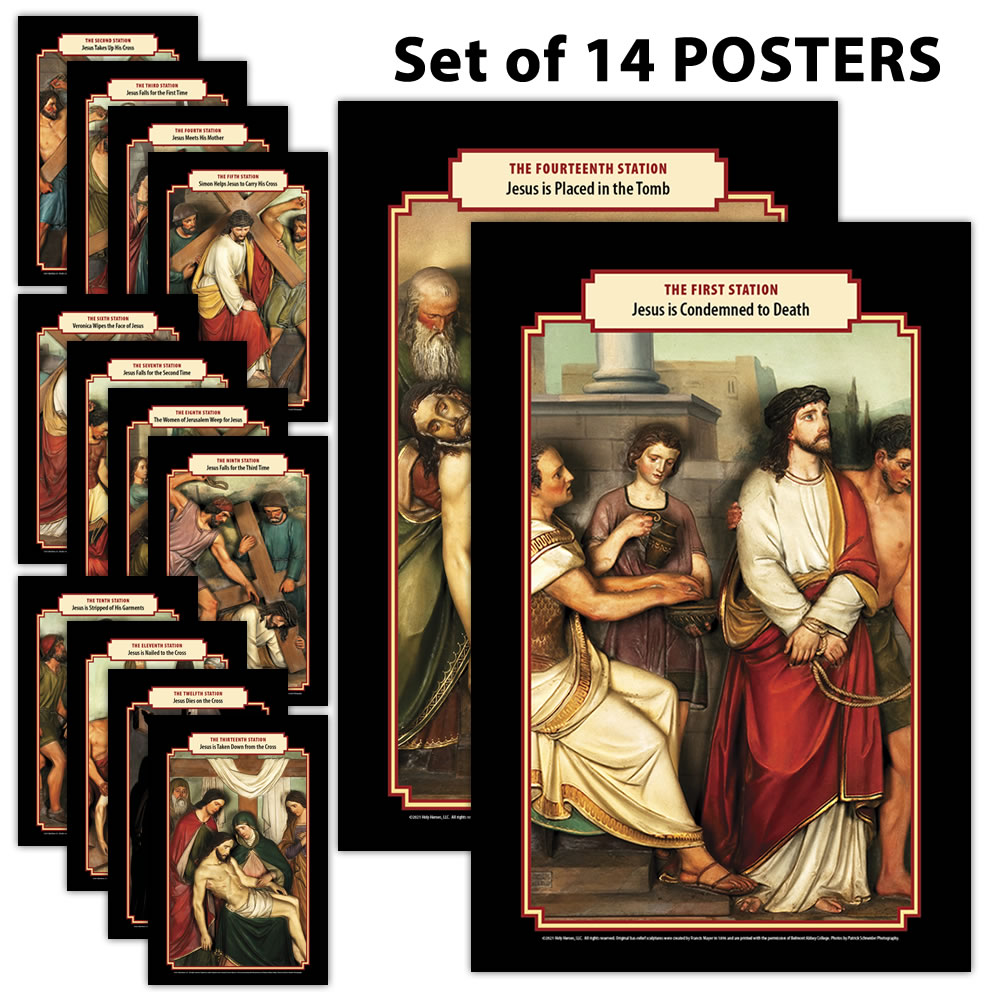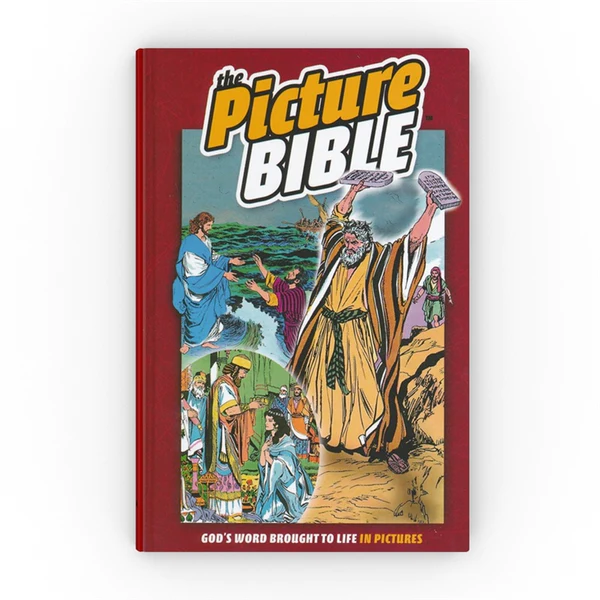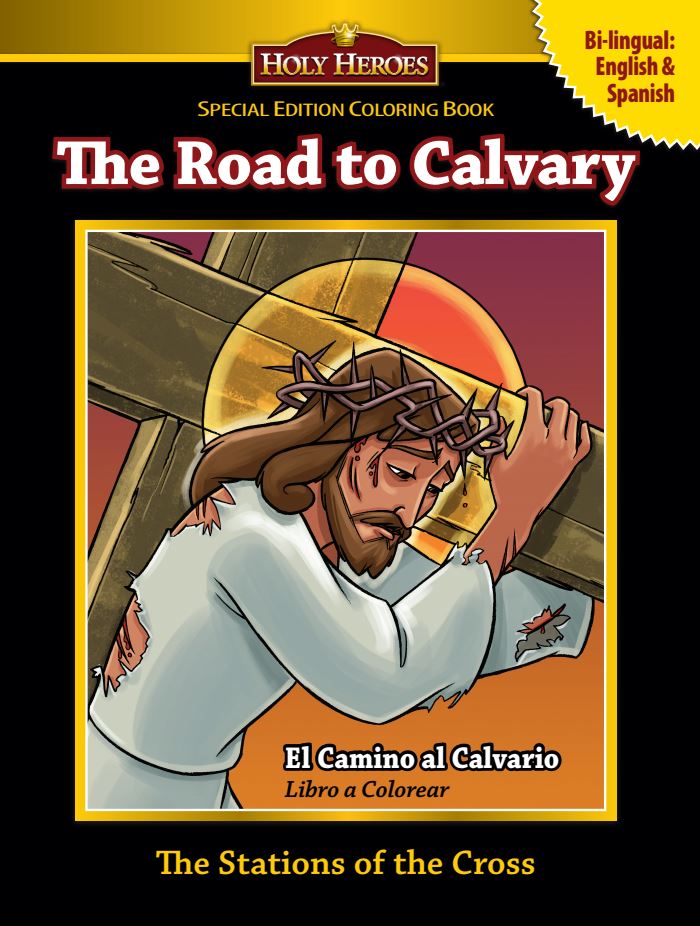The Catholic Church has preserved a rich heritage of sacred art, each work a reflection of the artist’s personal contemplation of God, displayed to deepen the meditation of millions of viewers over the centuries.
But the Holy Images we are making available now for the first time are something quite different: the images represented are, without a doubt, not the works of human hands.
The Holy Images are instead high-quality photographs of two miraculous relics left by Our Lord Himself.
They are images which have baffled scientists for centuries. Despite decades of extensive study, science cannot explain the source of the images on two unique, fine, and ancient fabrics. No paint or dye or artistic process known to man created the human faces which are visible to this day.
The survival of the materials holding these images is likewise inexplicable. They should have long ago torn and crumbled and decayed into dust. But they have been preserved through the years and the images upon them have survived to inspire the faithful with the love and peace of God Himself.

The Holy Images consist of three faces from photographs by the famous Polish photographer Janusz Rosikon. He painstakingly photographed these miraculous images during his two-year pilgrimage across the continent of Europe investigating the relics of Christ.
One image is famous, instantly recognizable (at least to most Catholics). Another is little known because it was only rediscovered a century ago after disappearing just before the Sack of Rome—reportedly secreted away for safekeeping in advance of the arrival of the hordes and not seen again until rediscovered after 400 years in hiding. The third image uses modern technology to draw the wonder of the two into one dramatic and captivating image–inspired by an insightful observation made in 1979 by a German Trappist nun based on her experience with icons!

On the left of the Holy Images you can contemplate the famous image of Our Lord’s Face in death as preserved on the Shroud of Turin. Although the image on the Shroud when viewed up close with the naked eye is blurred and the details hard to grasp (an example of the effect art historians call “sfumato”), when photographed amazingly clear detail emerges in the negative of the photos! This startling discovery was first made by photographer Secondo Pio on May 28, 1898, when he saw in the developing photographs he had taken of the Shroud “a holy visage appear, which was so clear that I was taken aback.” This phenomenon (in which the negative of the photograph appears like a positive image) contradicts all scientific knowledge.

On the right in our Holy Images print you see a little-known image that is visible on an exceedingly fine and precious fabric known as “sea silk” or marine byssus. This is a rare and very expensive fiber that is thin as a spiderweb and changes color depending on the light. Due to the layer of sea salt upon it and its wispy delicateness, sea silk cannot hold ink or any pigment, and when you hold a newspaper behind it—you can read it easily, because it is transparent. Byssus is mentioned in both the Old and New Testaments: in the Old, the High Priest’s robe (ephod) is made of byssus; in the New, the book of Revelation reveals that the robe on Christ’s Bride, the Church, is also of byssus. It is a material of honor, rich, rare, expensive, precious, fit for a king.
It is the precisely the material which would have been placed on the face of the dead Messiah, smoothed tenderly by His Mother, a gift from two wealthy men who wished to offer Him the richest honors of a Jewish burial: the best of burial garments, an over-abundance of myrrh and aloes, and a tomb in which no one had ever been laid.

The composite image seen in the center of the Holy Images print has been created by superimposing the Veil image over the face of the Shroud image. Sister Blandina Paschalis Schlommer in a Trappist convent in Germany first noted the striking similarities between the man of the Shroud and of the Veil, and for years she investigated her theory with the most learned experts on both.
All were amazed to discover that the anatomical details of the visages and even the wounds on both faces were a perfect match. Both images precisely coincide, revealing that they are the face of the same person, one dead, the other alive.
We are making available these high-quality photographs of two miraculous relics together on either side of the overlay composite image so you can see with your own eyes the wonder of Christ’s love for us, that He would endure His Passion to conquer death for us, leaving these miraculous images to ponder and inspire our faith!
As Pope Saint John Paul II said upon viewing the Shroud:
“Instead of icons made by man, let us venerate the greatest icon of all:
The Holy Face of Jesus!”
We are pleased to produce a limited number of Holy Images prints on high-quality stretched canvas available for contemplation for your chapel, rectory, or home. Each Holy Images print will come with a brochure explaining details about the images to aid your contemplation.
Please reserve your copy today.
To learn more about the history and scientific revelations of the images in this limited edition print, please consider adding this book to your order:

HolyHeroes
Latest posts by HolyHeroes (see all)
- The Stations…for EASTER? 👀 - April 18, 2024
- A Personalized 1st Communion Keepsake! - April 15, 2024
- Do Miscarried Babies become Angels? - April 11, 2024









In regards to an article I read on your blog regarding the Volto Santo in Manoppello. I am working directly with Padre Carmine Cucinelli, and Sr. Petra- Maria Steiner author, ” Servant of God Padre Domenico da Cese, O.F.M, Capuchin, an Illustrated Biography “. I helped to translate and publish this book in English, Padre Domenico is also known as the Ambassador of the Volto Santo. Would be interested in acquiring these books and prayer leaflets?
If you would care to send samples, you may send items to Holy Heroes, PO Box 12, Cramerton, NC 28032. Thank you!
Ordered one for my son who will be ordained a transitional deacon May 11. Would nice if it would arrive before then! (No pressure 🙂
We’ll try to make it by then–could be tight.
I have seen this breathtaking image of Christ in Manopello -there are no words to describe my feelings as I gazed upon His Holy Face. Thank you for making this print available to purchase.
Wow! Someday we hope to see it ourselves. May God bless you and yours this Easter!
Can I still order these on behalf of our priests upcoming Divine Mercy Sunday birthday?
Total cost again?
Order online on our website: https://www.holyheroes.com/Shroud-and-Veil-of-Jesus-p/shroud-veil-print.htm May God bless you this Lent & Easter!